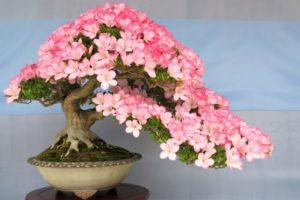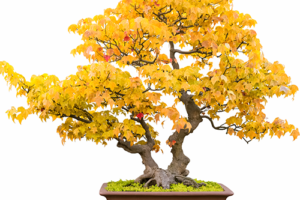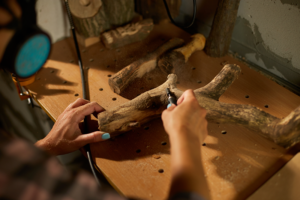YouTube
Bonsai Pots
Bonsai pots are an essential element of bonsai cultivation, as they provide a home for the tree and help to shape its growth and appearance. These pots come in a wide range of sizes, shapes, and materials, each with its own unique benefits and drawbacks. Here are some things to consider when choosing a bonsai pot:
- Size. Bonsai pots come in a variety of sizes, from small pots for tiny trees to large pots for mature specimens. It’s important to choose a pot that is appropriately sized for your bonsai tree. A pot that is too small may restrict the tree’s growth, while a pot that is too large may make the tree look disproportionate.
- Shape. Bonsai pots come in a range of shapes, including oval, rectangular, square, and round. The shape of the pot can have a significant impact on the overall appearance of the bonsai tree. For example, a rectangular pot may be more suitable for an upright tree, while a round pot may work better for a tree with a more informal or cascading shape.
- Material. Bonsai pots are typically made of clay, ceramic, or plastic. Clay pots are porous and allow the soil to breathe, which can be beneficial for certain types of trees. Ceramic pots are more decorative and may be more suitable for display. Plastic pots are lightweight and easy to move, but may not be as attractive as other materials.
- Drainage. Proper drainage is essential for bonsai trees, as it helps to prevent root rot and other problems. Most bonsai pots have one or more holes in the bottom to allow excess water to drain away. Be sure to choose a pot with enough holes to ensure proper drainage.
- Color and design. Bonsai pots come in a wide range of colors and designs, from solid colors to intricate patterns. The color and design of the pot can have a significant impact on the overall appearance of the bonsai tree. For example, a pot with a bold, colorful design may make the tree stand out, while a pot with a more subtle design may be more suitable for a tree with delicate foliage.
- Price. Bonsai pots can vary greatly in price, from inexpensive plastic pots to high-end ceramic or hand-crafted pots. Consider your budget when choosing a pot and be willing to invest in a quality pot if it meets your needs and fits your budget.
In addition to these considerations, it’s also important to choose a pot that is suitable for the specific needs of your bonsai tree. For example, certain trees may require a pot with a deeper root zone, while others may do better in a shallower pot.
Overall, choosing the right bonsai pot is an important aspect of bonsai cultivation and can have a significant impact on the health and appearance of your tree. By considering the size, shape, material, drainage, color and design, and price of the pot, you can find a pot that meets the specific needs of your bonsai tree and complements its overall appearance.







Leave a Reply
Your email is safe with us.
You must be logged in to post a comment.